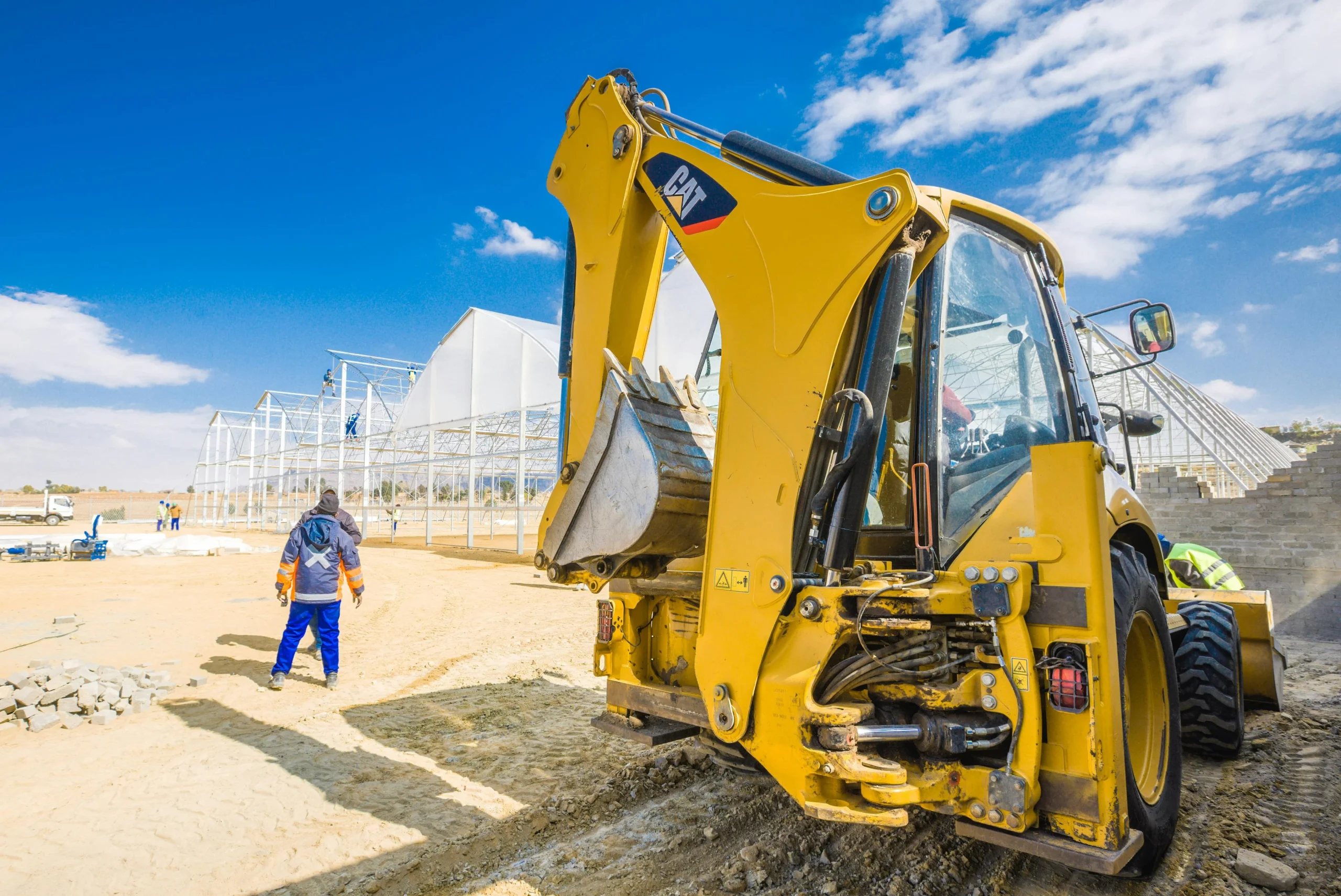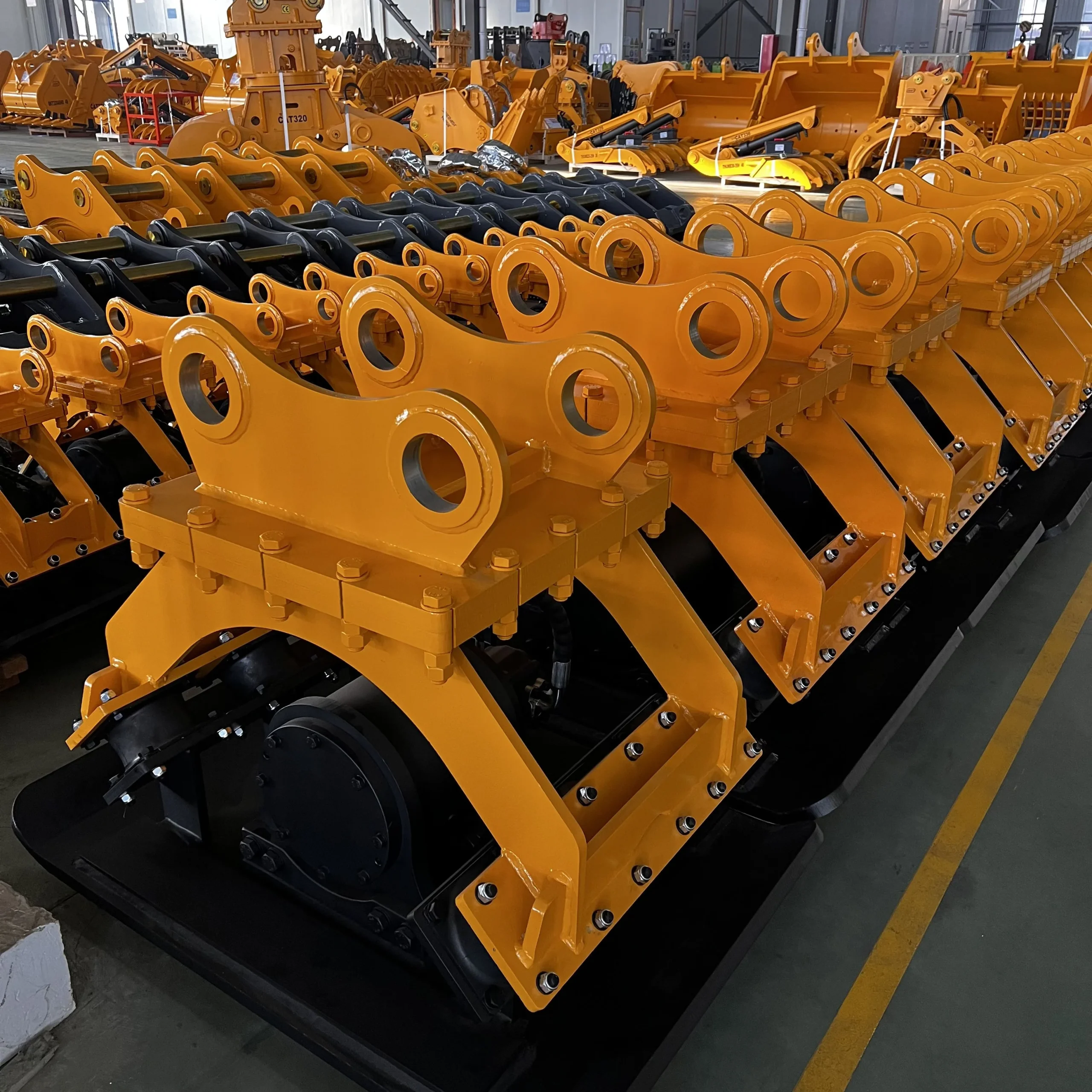What Mistakes to Avoid When Selecting an Excavator Attachment
Choosing the right excavator attachment requires careful consideration of machine compatibility, job requirements, and build quality. The ideal attachment enhances efficiency while minimizing downtime—whether for demolition, material handling, or precision grading. Kingho Technology offers engineered solutions with durable materials and smart designs to maximize productivity across diverse applications.

Overlooking Compatibility with Your Excavator Model
Picking the right attachment starts with ensuring it works smoothly with your excavator. A bad match in hydraulics, mounting setup, or weight can cause poor performance or damage your equipment.
Hydraulic and Mechanical Fit
Every attachment depends on your excavator’s hydraulic system to work well. Check that your machine’s hydraulic flow and pressure match the tool’s needs. For instance, a 20-36 ton wood grapple requires a flow of ≥120L/min and pressure of 210 bar. If the attachment rotates, like with a 360° hydraulic motor, you’ll need a third hydraulic line.
Mechanically, the mounting bracket must align with your excavator’s quick hitch or coupler. Some suppliers provide custom connectors to fix mismatches, which is vital for smooth operation.
Matching Size and Weight to Machine Capacity
A too-large attachment can stress your excavator’s boom and undercarriage. A too-small one might slow you down. Proper weight balance keeps the machine stable. For example, attachments for 20-36 ton machines often have opening widths of 1.5–2.2 meters and gripping forces over 3 tons. These must match your machine’s lifting strength and structural limits.
Kingho’s Fit Solutions for Various Excavator Classes
Need tools that work with different excavator models? Kingho offers tailored engineering support. Their modular designs allow tool swaps in just 15 minutes. Custom connectors ensure a perfect fit for your machine, reducing downtime and keeping jobs consistent across sites.
Ignoring the Specific Job Needs
Even if an attachment fits your machine, it must suit the task. Jobs like demolition, trenching, or grading have unique demands, so picking the right tool is key.
Understanding the Task: Demolition, Trenching, or Grading
Each job has distinct needs. Demolition requires tools with strong impact and precise control. Trenching needs repetitive digging in tight spaces. Grading demands wide buckets with tilt features for smooth surfaces.
For example, the powerful shear/crusher is great for cutting steel frames or scrapping cars. It uses double oil cylinders and wear-resistant alloy knife blocks. For concrete separation or secondary demolition, a hydraulic pulverizer made from Hardox 500 steel is lightweight yet tough.
Picking the Right Tool for Speed
Choosing the correct attachment saves time and money. A sorting grab handles bulk materials quickly. A ripper breaks frozen ground. A tilt bucket improves grading accuracy without moving the excavator.
Look for features like full-angle rotation motors or reinforced pins made from 42CrMo alloy steel. These boost performance and durability.
Recommended Kingho Tools for Special Tasks
For tasks like vehicle dismantling or scrap metal processing, try Precision Car Dismantling Shears. They feature high-strength blades, durable 360° rotary systems, and inspection ports for easy upkeep. These designs improve safety and speed in tough settings like recycling yards.
Neglecting Build Quality and Material Strength
Strong materials ensure attachments last and perform well. Poor quality leads to frequent breakdowns, slowing work and raising repair costs.
How Material Strength Affects Durability
Top attachments use strong alloys to resist wear. Swedish Hardox steel is popular for its toughness. Structural parts made from NM400 or Q345 manganese plate steel balance weight and strength while fighting corrosion in rough conditions.
Pins made from 42CrMo alloy steel are strong and have oil passages to reduce friction, extending their life.
Checking Welds, Joints, and Wear Protection
Weak welds can break under stress. Look for smooth weld beads at high-stress spots like cylinder mounts or jaw hinges. Casting guard plates protect against abrasion.
Dust-proof bearing structures also help by keeping dirt out of rotary parts, a common failure point in rotating tools.
How Kingho Ensures Top Build Standards
Kingho uses CNC machining for precise parts. Their facilities meet ISO9001 and CE standards, showing strict quality checks. With over ten years of R&D since 2009, Kingho delivers reliable excavator attachments for various industries.

Failing to Plan for Maintenance and Service
Even strong attachments need regular care. Hard-to-service designs or rare parts increase downtime and costs.
Easy Access to Wear Parts and Grease Points
Simple designs make upkeep faster. Inspection ports on dismantling shears let you check blade wear easily. Grease points should be reachable to avoid maintenance hassles.
Replaceable teeth or bolt-on edge systems cut repair time and extend tool life.
Reducing Downtime with Smart Design
Smart designs minimize complexity and maximize uptime. Modular builds allow tool swaps in under 15 minutes, great for tight schedules.
Hydraulic systems with imported HALLITE seals handle temperature changes and pressure spikes, reducing failures in tough jobs.
Kingho’s Approach to Easy Maintenance
Kingho adds user-friendly features like observation windows on car dismantlers and low-maintenance designs for magnet lifts. These keep operations smooth without special tools or long breaks.
Underestimating Supplier Support and After-Sales Help
Choosing an attachment isn’t just about specs. Long-term support from a knowledgeable supplier is crucial for your project’s success.
Why Expert Advice Matters Before Buying
Talking to experts helps avoid mistakes in fit or job match. A supplier who knows machine dynamics and site conditions can suggest tools tailored to your needs, whether handling port cargo or urban demolition.
Training, Spare Parts, and Technical Help
Good suppliers keep spare parts like blades or seals in stock and provide clear manuals or diagrams. Some offer onsite training to help operators use tools safely and effectively.
Spare parts are critical on remote sites, where delays can stop work completely.
Kingho’s Support and Warranty Options
Kingho provides full support, including pre-purchase advice, tailored warranties, and spare part logistics. Their CE certifications ease compliance for international projects. Their customer-focused approach ensures support throughout the tool’s life.
FAQ
Q1. How do I know if an attachment fits my excavator?
A: Check if your machine’s tonnage matches the attachment’s range. Ensure hydraulic flow and pressure align (e.g., ≥120L/min and 210 bar). Verify if a third hydraulic line is needed for rotation. Confirm mounting bracket compatibility—custom connectors may be needed.
Q2. Which attachment is best for reinforced concrete demolition?
A: A hydraulic pulverizer works well. It uses Hardox 500 steel and 42CrMo alloy steel pins for durability. Its efficient hydraulics cut cycle times in tough demolition tasks.
Q3. What makes Kingho stand out?
A: Kingho’s ten years of experience and ISO9001/CE certifications ensure quality. Their modular designs allow fast tool swaps, and custom engineering fits diverse jobs.

